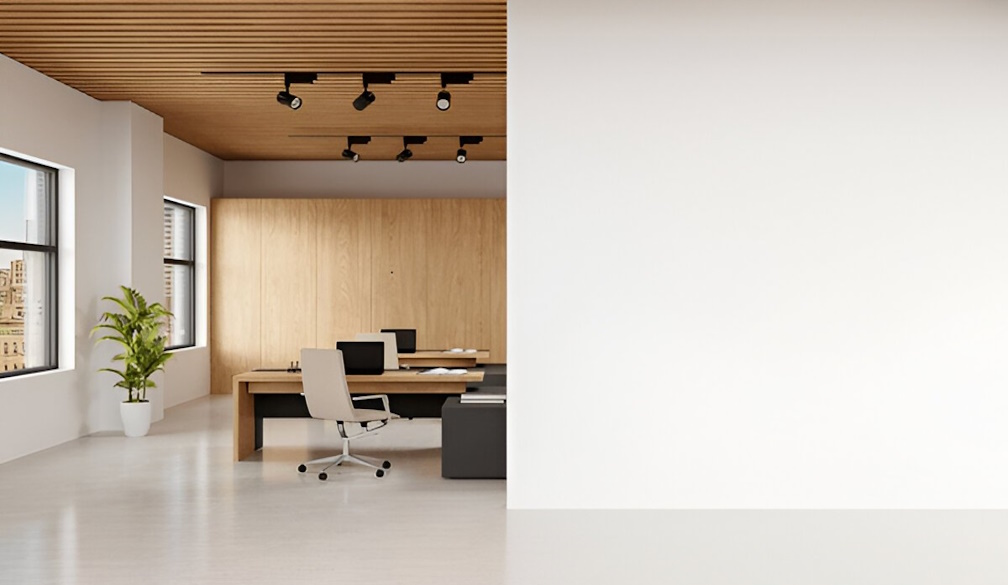Melbourne’s Top Plastering Trends for Modern Homes & Offices
- Written by Scene Magazine

Plastering is no longer simply about smooth walls and ceilings—it's about adding style, functionality, and energy efficiency. In Melbourne, where heritage and interior design mix classic heritage with chic, modern looks, plastering now provides not just functional advantages, but also luxurious finishes.
Whether renovating a home, building a commercial premises, or planning a new office, keeping yourself current with current Melbourne plastering styles can ensure you design a chic, long-lasting, and future-proofed interior.
The Evolving Plastering Industry in Melbourne
Melbourne is a city that boasts architecturally diverse structures ranging from classy Victorian houses to modern office buildings. As interior design moves toward minimalism, open spaces, and natural textures, plastering has become a key component in trying to get the perfect look and feel.
Some of the most prominent drivers of contemporary Melbourne plastering trends are:
- A demand for smooth, high-quality finishes – Homeowners and companies desire smooth, blemish-free walls and ceilings that create a sleek, contemporary look.
- Greater emphasis on acoustics and insulation – Plastering solutions today extend beyond appearance, providing noise reduction and improved energy efficiency.
- An increase in bespoke decorative finishes – From Venetian plaster to feature walls, textured, distinct plastering methods are making interior spaces shine.
If you're considering redesigning or renovating your space, these are the most popular plastering trends that will assist you in attaining a contemporary and classy look.
Popular Plastering Styles & Finishes
1. Smooth, Minimalist Finishes
Clean lines and smooth surfaces remain the hallmark of contemporary interior design. High-gloss plaster finishes produce a sleek, high-end appearance that complements:
- Modern houses with open-plan designs
- Offices with a minimalist aesthetic
- Retail spaces that prioritise simplicity and elegance
By choosing high-quality plastering Melbourne services, you can have smooth walls and ceilings that boost natural lighting and blend well with contemporary decor.
2. Decorative & Textured Plastering
For individuals looking to provide depth and character to their interiors, decorative plastering methods are gaining popularity. Among the most in-demand finishes are:
- Venetian plaster – A high-end, finished plaster that produces a marble look.
- Textured feature walls – Gives character and contrast to living rooms, office rooms, or reception areas.
- Exposed concrete-style plaster – Perfect for industrial-style décor and contemporary urban apartments.
Melbourne's tendency to mix classic style with modern design makes ornamental plastering an excellent option for residential as well as commercial interiors.
Suspended Ceilings & Modern Office Designs
With the move to contemporary, open offices, suspended ceilings are a necessity in Melbourne commercial plastering. They provide:
- A clean, uniform appearance concealing wiring, ductwork, and light fixtures.
- Better soundproofing, less office noise and a more productive work space.
- Adjustable lighting solutions, creating the appearance of brighter and more welcoming spaces.
Suspended ceilings are not only for offices—they're also being incorporated into residential properties to provide architectural interest and improved insulation. From home theatres to offices or open-plan living areas, this plastering phenomenon is both functional and fashionable.
Finding the Right Plastering Contractor in Melbourne
With numerous plastering companies in Melbourne, selecting the most appropriate contractor is important. Be it smooth walls, decorative finishes, or suspended ceilings, an expert plasterer in Melbourne should provide:
- Experience in handling residential and commercial projects
- A range of contemporary plastering methods
- Quality materials that guarantee longevity
- Attention to detail for a perfect finish
An example of a reputable provider is Vista Plastering Melbourne, which specializes in contemporary plastering solutions for residential and commercial clients.
Transform Your Space with Expert Plastering in Melbourne
Plastering plays an important role in determining the appearance, texture, and functionality of your interior space. Depending on whether you like smooth, minimalist walls, striking feature finishes, or creative ceiling solutions, selecting the most suitable plastering trends is what can elevate your house or business to new heights.
By consulting with professional Melbourne plasterers, you can be sure your room is fashionable, long-lasting, and ideal for what you want. With a new home plastering renovation, plaster repair, office redesign, or commercial fit-out in mind, now is the ideal moment to look into the newest trends in contemporary plastering.


















